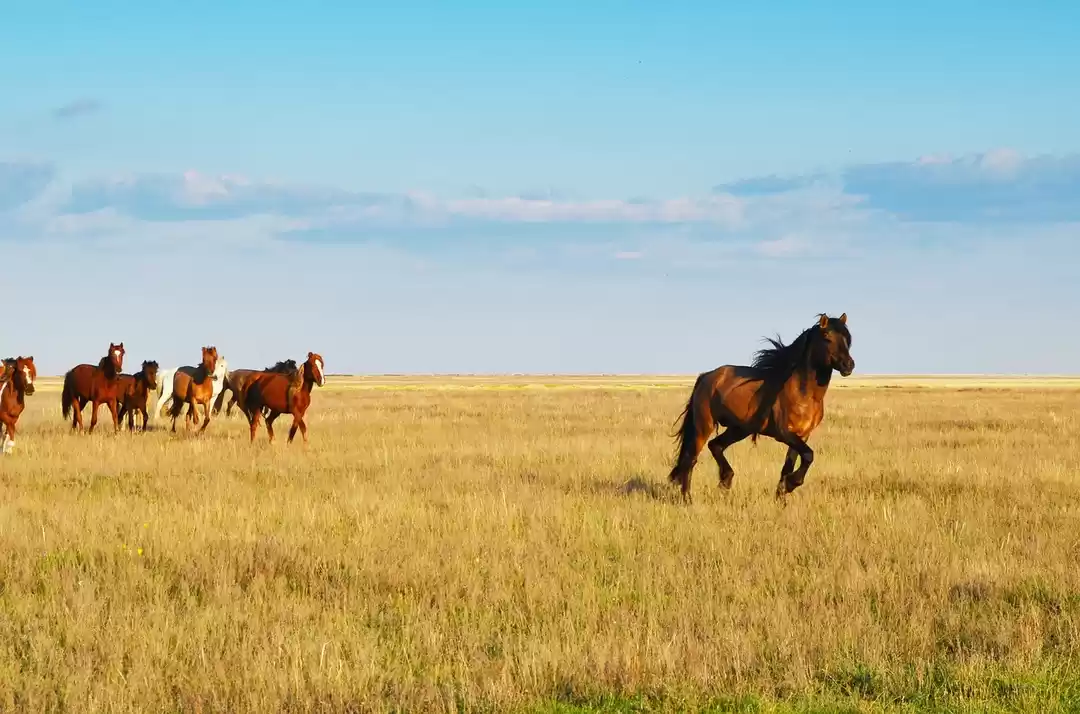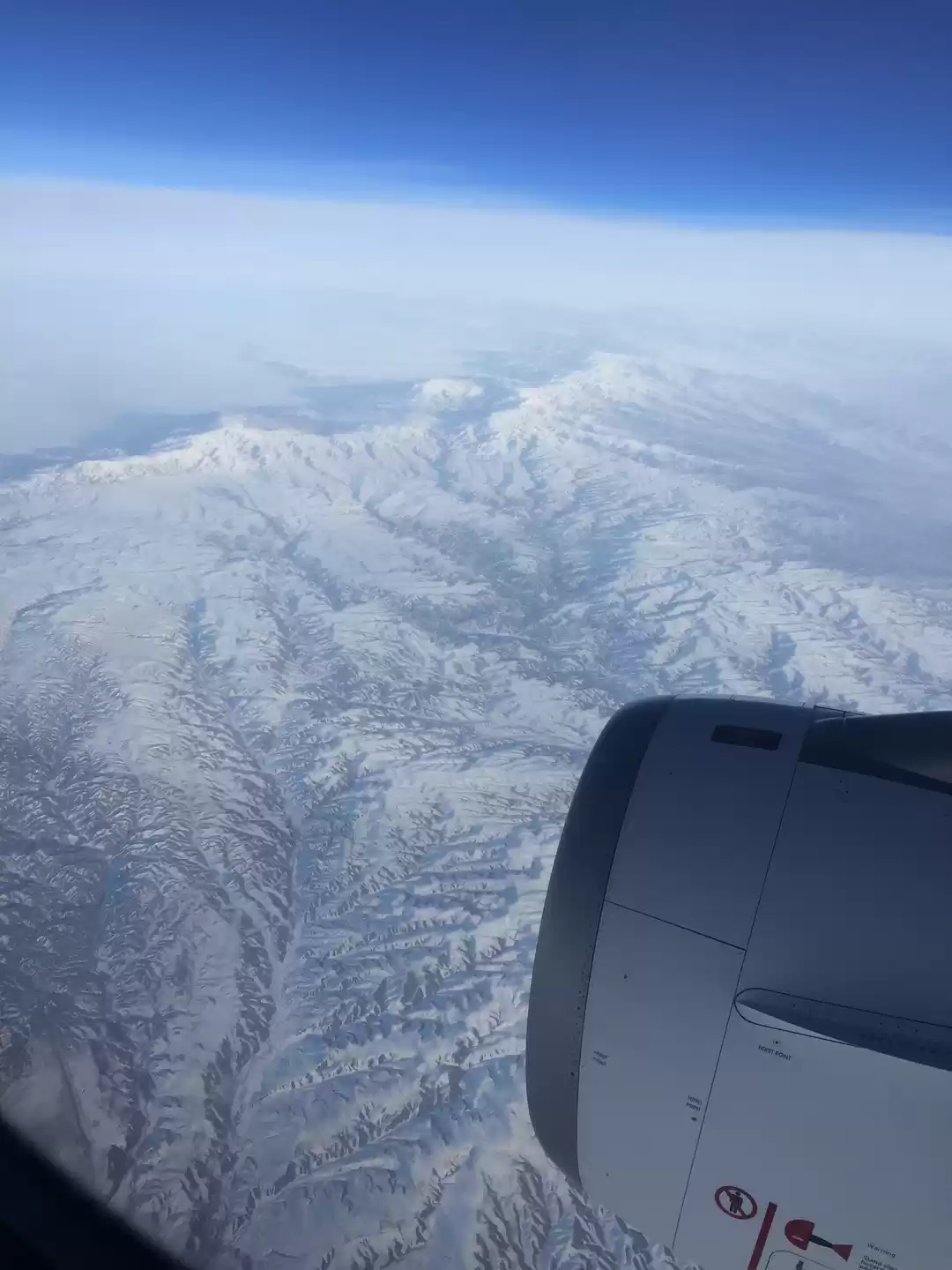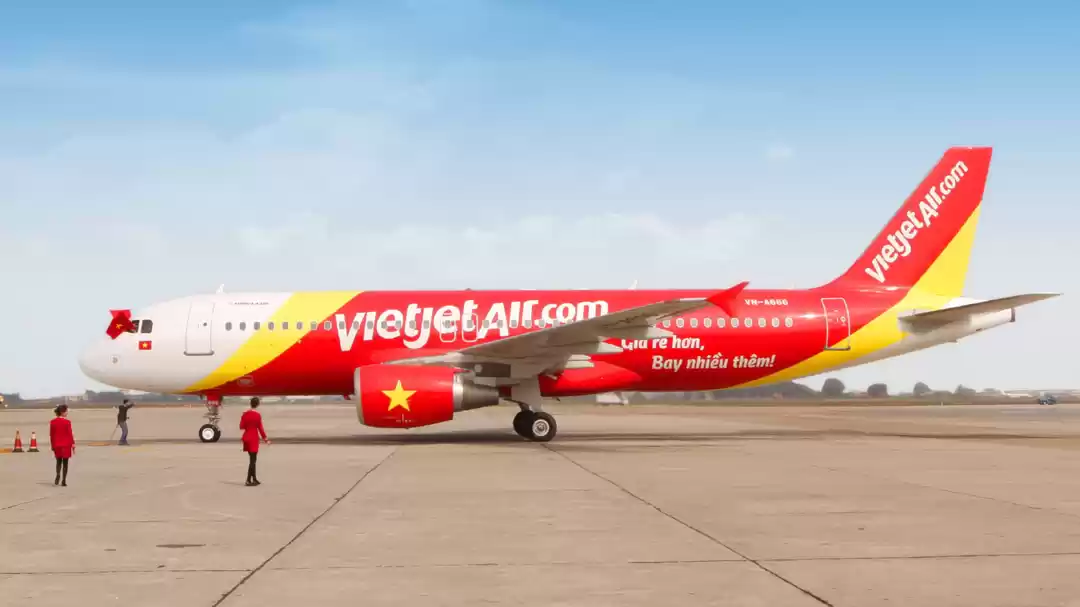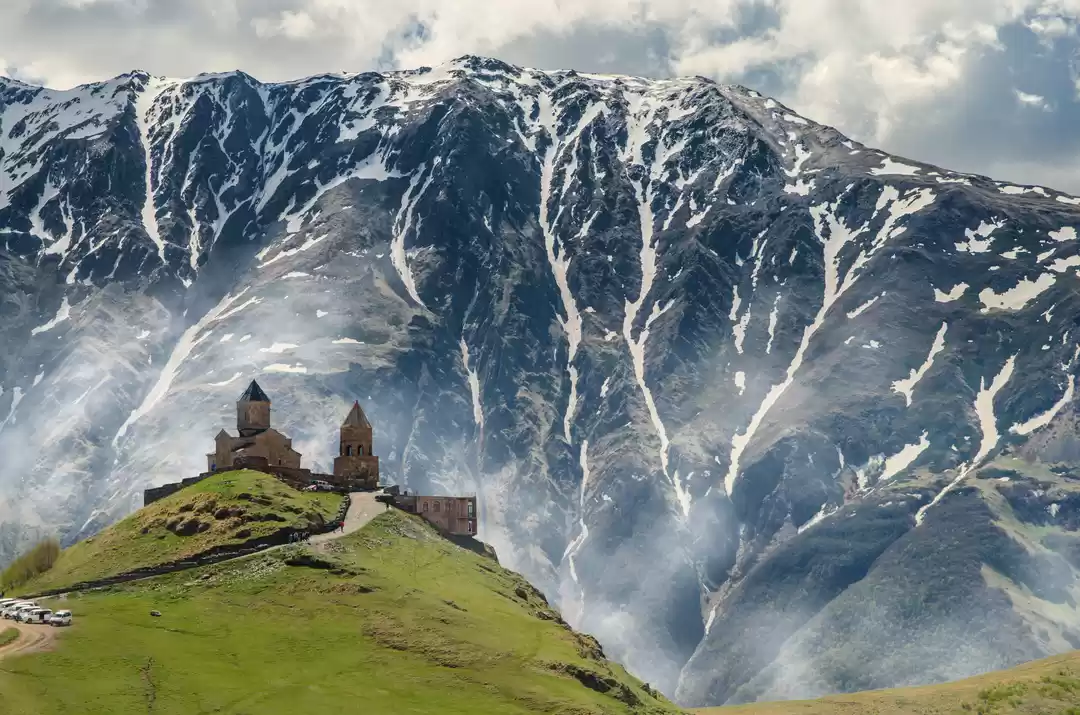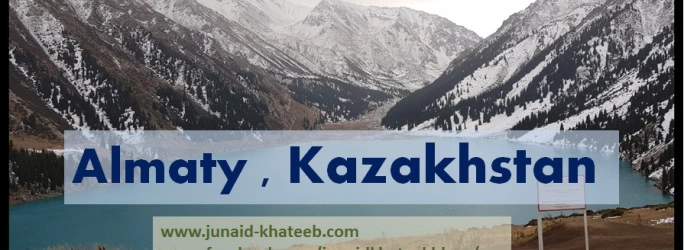
Itinerary:
Days - 7
Day 1: Night Halt at Tenga (Army Camp). Hotel options also available
Day 2, 3, 4: Tawang (Army Holiday Home). Homestays, hotels also available
Day 6: Shergaon (Homestay)
Day 7: Sangti Valley (Homestay)
Alternate Itinerary suggestions:
Halt at Bomdilla - Tawang - Rupa valley- Shergaon valley - Back to Guwhati
Month: September
Mode: By car from Guwhati (budget friendly rent facility at Guwhati)

From Guwahati to Tenga to Tawang: A Rainy Adventure in Arunachal Pradesh
Day one of our Arunachal trip started with a twist. As soon as we landed in Guwahati, we found out the northeast was caught in a spell of non-seasonal rain, thanks to some mysterious weather dynamics. Not ideal for a bike trip, so we swapped our plan and hired a car-a choice that turned out to be pretty smart.
The drive from Guwahati to Tenga took about seven hours, and it was a visual treat. The rain might've soaked our plans, but it also washed the landscape clean, leaving behind a sea of greens. Tea estates, swaying paddy fields, and dense forest reserves kept us company on the way. Arunachal welcomed us with even better scenery-waterfalls gurgling down one after another, making us stop every few minutes for pictures.
Watch the video of this part HERE
The drive is all comfortable and doable for anyone having city-driving skills, except the 20-kilometer stretch that comes as one begins the ascent, which is known for near-zero visibility all year round. At this altitude, you've got to drive carefully and stay disciplined; it's not just a road, it's a test of your nerves.
The real adventure began when landslides decided to crash our party. Most were handled quickly by JCBs clearing the rubble, but the last one near Tenga was an epic showdown. A thousand cars were stuck behind enormous boulders, and the JCB crew battled the rocks like gladiators. At one point, the machine itself was half-lifted in the air by the weight! After four long hours, the path was cleared, and we made it to Tenga.


Day 2: Tenga
Tenga is a military station, so don't expect much in terms of tourist attractions. Most people use it as a quick stop on their way to Tawang. If you want to save a day, you could head further to Bomdila or Rupa Valley instead. Bomdila is a charming hill town with flower-filled balconies and a peaceful vibe, while Rupa Valley has stunning views that'll make you want to stay longer.
For us, though, Tenga turned out to be so much more than just a stopover. Our host at the Transit camp, happened to be Malang's instructor from his Academy days, and what followed was an evening full of nostalgia, gaily laughter. Luckily for me, I got a rare glimpse into their world where the two men recollected stories of hilarious junior-senior encounters, pranks, date nights and so on.
The next morning, we hit the road with high hopes and sunshine. The rains had stopped (finally), and we set out for Tawang. But our streak of luck lasted only an hour before we ran into another landslide. After a two-hour wait, we carefully maneuvered the car through the mud-slide. It felt like threading a needle, but we made it through.
Lunch came with a view at an Army Dett in Sapper. We had freshly made Chola Bhatura by the river-pure comfort food in the middle of nowhere.
Fun fact: these food points run by the Army are open to travelers on a pay-as-you-go basis.



Hot and mouth watering Chole-Bhature is must must-have halt at this Army Assitance center just a Km after Tenga
Check the Video of this Day HERE
Bomdila was hands down the prettiest place we passed. It looked like a postcard village with colorful flowers blooming in pots outside every house. The town was peaceful, neat, and full of charm-perfect for a night halt before heading to Tawang.
The route from Sela Tunnel to Tawang was a mix of jaw-dropping scenery and hair-raising roads. The GPS went haywire at most stretches, and navigating steep climbs with sharp curves felt like solving a maze. With no streetlights and the town asleep by 7 PM, driving after dark was a risky affair. The endless bends and curves had fried the brain of the GPS, who was directing us in random directions there was a dead drop down the hill. With no one in sight and pitch dark surroundings, this was more tricky. Finally, I had to walk in front of the car to lead the way. After an hour of twists and turns, we reached Tawang and sank into our cozy holiday home beds.


After we crossed Sela tunnel, it was as if we had entered a different sky. The sky was litup in beautiful hues, the downstream was reflecting these colors in its various moods.
TAWANG VALLEY - Day 3, 4, 5
Day -3 - Local Sightseeing: Monastery, Market, Giant Buddha and Light & Sound show at War memorial
Today was all about soaking in the sights and spirit of Tawang.
Tawang is not just a tourist gem of Arunachal Pradesh but also a strategically important post for India. Its history is a poignant reminder of the sacrifices made to protect our borders. China still claims the town as its own, and during the Sino-India War of 1962, they briefly occupied it.

I was not prepared for the emotions that overwhelmed me after watching the light and sound show at Joginder Singh War memorial at Tawang.
This whole stretch of Arunachal is brimming with stories of unmatchable bravery, sacrifice, pain and also betrayal, defeat. Some of these stories saw the light of the day while many are lost forever.
The Memorial mentions at least 2500 Indian soldiers killed during the 1962 war, but number is much more. T
The memorial complex also includes a café, and a winter-utility shop run by the Army-all open to visitors and worth exploring. The timings of the show is available online, the tickets, which are reasonably priced, can be bought at the Memorial itself.
Sharing here one such story of a forgotten Hero: - Travel Tale of Tiger of Lhagyala' - Lt Col Brahmanand Awasthy: HERE and Its Video link HERE
Tawang Monastery: A Place of Legends and History
The name "Tawang" comes from "Ta" meaning horse and "Wang" meaning chosen-literally "Chosen by Horse." Legend has it that the site was picked by a horse, though I'll save that story for another blog post!
Tawang Monastery is the largest in India and second only to the one in Lhasa, Tibet. Established in 1680 at the request of the Fifth Dalai Lama, it has retained a close spiritual connection with Lhasa Monastery. This monastery has seen turbulent times, including China's illegal occupation of Tibet, which led to the systematic persecution of its inhabitants. It became a refuge for the 14th Dalai Lama when he fled Tibet in 1959, offering him temporary shelter before he moved on to Tezpur and then Dharamshala.






Strategically perched on a mountaintop, the monastery is three stories tall and houses a treasure trove of ancient scriptures in its library. While legend says the site was chosen by a horse, its position seems to have been a deliberate defense move during times of hostility with neighboring Bhutan and other Buddhist sects.
We began with a stroll around the monastery's periphery, which was bursting with vibrant flowers in all shades imaginable. It felt like walking through a painter's palette with views of the surrounding valleys and mountains making the experience even more magical.
The Giant Buddha and Tawang's Souvenirs
After the monastery, we visited the Giant Buddha statue-a majestic 8-meter-tall figure that commands awe and makes for fantastic photographs and reels.
Video of Giant Buddha Statute: Here




Day 4: Bum La Pass and Shonga-tser Lake (Madhuri Lake) - A Day in the Eastern Himalayas
Bum La Pass: Where the Journey is as Beautiful as the Destination
Bum La Pass, located about 34 km from Tawang, is more than just a border point between India and China. The route itself is an experience to savor-winding through majestic mountain ranges and valleys dotted with scenic lakes. It's the kind of drive that makes you forget time, with every turn offering a new postcard-worthy view.
Beyond the views, Bum La offers a glimpse into the hardy life of our soldiers braving this rugged terrain. Getting there requires a permit from the Army brigade in Tawang-a quick and easy process open to all.
The drive to Bum La was smooth and joyful, thanks to well-maintained roads, minimal traffic, and the humorous signboards placed by the BRO (Border Roads Organisation) along the way. These witty little messages added a dose of entertainment as we navigated the serene yet remote ranges of the Eastern Himalayas. With few habitations and local restaurants, the Army-run cafes and resthouses along the route proved to be lifesavers, serving up hot beverages and hearty meals.


Bum La is an agreed Border Personnel Meeting Point, and upon arrival, tourists are welcomed to the waiting area where complimentary tea and coffee are served. A cheerful JCO led our group of around 20-25 people on a guided tour up to the Indian side of the border. The idea of a "border" here might conjure images of towering fences and barbed wires, but it's surprisingly simple-a symbolic, agreed-upon line marked with a boom barrier at the end of the road. Across the barrier lies China's territory.
The JCO explained the importance of the cabins at the border point, where monthly cross-border meetings take place to maintain diplomatic relations. Photography isn't allowed beyond a certain point, but visitors can have their pictures taken by an assigned Army photographer for a fee.
While soaking in the surreal experience, we noticed two soldiers on the Chinese side, casually snapping photos of us while smoking beedis-an amusing sight given the disciplined demeanor of their Indian counterparts. The red star on their helmets gave away their identity, leaving us both intrigued and slightly amused.
One of Bum La's highlights is a recently inaugurated 73-feet-high Tricolour, a stunning symbol of pride and resilience. And here's a fun tip: geotag your photo of the flag on social media, and you might earn yourself free tea or coffee-a little perk to sweeten your visit!
Video of this Trip: HERE
Shonga-tser Lake (Madhuri Lake): A Hidden Jewel with a Bollywood Charm
Just 35 km from Tawang and 7 km from Bum La, Shonga-tser Lake, popularly known as Madhuri Lake, is a must-visit destination. Both places require permits, which can be easily obtained from the Office of the DC in Tawang. Carrying your permits along is important, as there are multiple Army checkpoints en route.
The drive to Shonga-tser Lake was nothing short of magical. The path was surrounded by waterfalls tumbling from the heights and lakes glimmering in the valleys-a feast for the eyes at every turn. After three hours of stunning vistas, we reached the lake at an altitude of 3,708 meters, and wow-it was breathtaking.





The lake felt serene yet haunting, as if it carried the weight of its history. Originally a pastoral land for nearby villages, it was transformed into a lake following a massive earthquake in 1971 that caused a mountain to collapse. The submerged, leafless trees still stand as silent witnesses to the disaster, adding to the lake's somber beauty.
Walking along the lake's edge was an experience to savor. We reached the famous "Madhuri Point," where the iconic dance sequence from Koyla, featuring Madhuri Dixit and Shahrukh Khan, was filmed. I couldn't help but marvel at the sheer effort it must have taken the film crew to shoot in such a remote and challenging location.



After a 1.7 km perimeter walk (thanks, Strava), we headed to the only café by the lake, run by the Army-just like most of the cafes we'd visited earlier. The rajma chawal and coffee we enjoyed there were reasonably priced and delicious, adding a perfect touch to the day's adventure.
Video of the lake HERE
Day 5: Sela pass, Sela lake, Jung waterfall, Jaswant Garh
Sela Pass and lake
Our first stop was Sela pass. On our way to Tewang we had taken Sela tunnel, which connects Guwahati to Tawang. This place isn't just breathtaking; it's steeped in history. The tunnel and pass are named after Sela, one of the brave Monpa girls, while Nuranang Falls honor Noora's sacrifice. Walking through these places was a humbling experience, a reminder of the untold stories and silent bravery that echo through the mountains.
I first heard about Sela and Noora (not their names but a brief mention) in the light and sound show at the Tawang War Memorial.
The show beautifully narrated the heroic feats of Rifleman Jaswant Singh Rawat, who single-handedly held the post at Nuranang during the Sino-India War in 1962. Inspired by his bravery, two Monpa girls-Sela and Noora-joined him in defending the mountain pass.
I was intrigued by these two local women. Who were they?
A basic internet search didn't provide much information, though Wikipedia briefly mentions two Monpa girls-Sela and Noora-who played an active role in the battle at Jaswant Garh. Apparently, one of them was said to be Jaswant Singh's lover. Jaswant's valiant defense lasted an incredible 72 hours, and the Chinese forces were on the verge of retreat. However, they captured a local supplier who revealed that the post was being held by just one man. Both Jaswant and Sela were killed in the battle, while Noora was captured, tortured, and later killed by the Chinese. Today, Sela Pass and Lake are named after Sela, while Nuranang Falls stand as a tribute to Noora's courage and sacrifice.
When I asked around among acquaintances in the Army, I hit a dead end. The common consensus was that these two Monpa women were a romanticized addition to the story of Jaswant Singh's heroism, perhaps an embellishment to add a human touch to a historic tale.
Someone told us that the movie Haqqeeqat apparently is inspired by this story. It depicts a girl who was a lover of Dharmendra's character and was tortured by the Chinese. This remark added yet another layer of intrigue, blending fiction with history and leaving me with more questions than answers.
Jaswant Singh Memorial
The curiosity piqued by unmatchable story bravery of Jaswant Singh, and the Monpa girls brought us to Jaswant Singh Memorial at Jaswant Garh. It is a serene and beautifully maintained site located on the same ridge where he fought. A little walk on the site will take you to the bunkers on the hill from where the brave Jaswant held the fort all alone and stood the attack of Chinese . This will definitely give you goosebumps.
I entered one of the bunkers and closed my eyes, the time turned back.


At 5AM, the silence of the mountains pierced by raging bullets of incoming Chinese attack. The garh, a strategic Army post, was under attack. Rifleman Jaswant Singh along with other soldiers beat back two China's PLA groups. Then the Chinese started firing from an MMG (medium machine gun) from a close range. Rawat along with Lance Naik Trilok Singh Negi and Rifleman Gopal Singh Gusain tried to subdue the MMG.
Rawat and Gusain, with covering fire from Negi, tried to seize the MMG. While returning, Gusain and Negi lost their lives, while Rawat was severely injured.
The enemy was not aware of this heavy casualty at the Post, taking advantage of that Jasant Singh continuously jumped from one bunker to another to confuse to the enemy. Seeing his bravery, the local Monpa girls from area - Sela and Noora - who had come to probably supply them food, also picked up the rifles and begin firing. The enemy was still under illusion that there are lot many Indian soldiers at the post. For three days, the Chinese were not able to ascertain how many Indian soldiers were engaged in the battle with them. The time Jaswant and the girls bought for Indian forces, saved many lives and also brought casualties of nearly 300 Chinese soldiers. The enemy would have almost given up had there not been a traitor who gave up the secret.
One of the girls, Sela, was killed by a grenade burst while the other girl was captured.
Rifleman Jaswant Singh Rawat killed himself with his last bullet before getting captured by the Chinese. This angered the Chinese so much that they cut his head off and took it back to China.
Later, after the ceasefire, impressed by Rawat's bravery, the Chinese returned his head along with a brass bust of the brave soldier as a mark of honour.
Rifleman Jaswant Singh Rawat was posthumously awarded the Maha Vir Chakra - the second-highest wartime gallantry award.



The memorial houses a shrine dedicated to Jaswant Singh, complete with his rifle, uniform, and personal belongings displayed in glass cases. Locals believe his spirit still watches over the region, a guardian for those traversing these treacherous mountain roads. While the memorial was moving, I couldn't find any mention of Sela or Noora-an absence that added to the mystery surrounding them.
Jung WaterFalls or Nuranang waterfalls:
After Sela pass we headed to Jung waterfall which are also known as Nuranang falls named after Monpa girl Nura. The road takes you till the Jang Hydel Plant which quietly generates electricity for local use, blending functionality with beauty. After that one needs to take a small trek till the water fall. The waterfall is absolutely breathtaking, about 100-meter-high, its force creates mist of waterdrops.
The road leading to Jang Falls takes you all the way to the hydroelectric plant, where visitors park their vehicles and embark on a short and easy trek to the falls. The trek is well worth it, with the roaring waterfall greeting you as you approach. For those feeling peckish, there's a tiny shop at the base serving hot momos, Maggi, and other quick bites-a humble yet welcome treat after soaking in the views.

Fed by the Nuranang River, which originates from the northern slopes of Sela Pass, the waterfall holds historical significance as well. Shortly after cascading down, the river merges with the Tawang River.
This picturesque spot gained Bollywood fame when the song "Tanhai Tanhai Tanhai" from the 1997 movie Koyla -starring Shahrukh Khan and Madhuri Dixit-was filmed here. With its ethereal beauty, the falls were the perfect backdrop for cinematic romance and marked Arunachal Pradesh's Bollywood debut.
*
Places to Stay and Eat in Tawang
Tawang, primarily a military town, has seen a rise in tourism, leading to a growing number of hotels and homestays-some budget-friendly, others offering a deeper dive into local Monpa culture. For a unique stay, one can also book Army-run holiday homes, known for their peaceful locations and well-maintained facilities. Given Tawang's popularity among bikers, these options are great for those looking for a comfortable stop after a long ride.
Where to Eat
Despite Tawang's small-town pace, a few great cafés and restaurants have made a name for themselves:
Dharma Café - The oldest café in town, known for its pizzas and burgers. Phuns Café & Bar - A newer addition to the food scene, offering a cozy atmosphere. Kimilio Restaurant - Stays open till 9:30 PM, a rarity in a town where most places shut down by 7 PM.

Life in Tawang starts early, and by sunset, the town winds down for the night, making it important to plan meals accordingly. Almost all eateries close by 9:30 PM, so grabbing dinner earlier is advisable.
Things to Buy:
Winter necessities: Army tuck shops are conveniently located in most areas, including Tawang, and offer reasonably priced clothing and supplies in collaboration with Decathlon. These shops cater to both locals and tourists, ensuring good quality at fair prices. There are also locally run stores selling winter wear, similar to what you'd find in other hill stations like Manali or Shimla.
Authentic Local artifacts: the best collection was found at Monyule -a store with a wide range of traditional items and handcrafted pieces.
Bhutanese Wine: Apart from Monpa artifacts, another interesting find in Tawang is Bhutanese wines and liquor. A variety of budget-friendly options are available in local shops, making them a great addition for those wanting to take home a unique taste from the region.

People of Tawang
The people of Tawang are primarily Monpas, an ethnic group with Mongoloid features and deep Buddhist cultural roots. They are known for their hospitality, warmth, and a peaceful way of life.
Walking through Tawang, it was impossible not to admire the beauty of their homes-each adorned with rows of colorful, blooming flowers. The locals' love for nature and self-care extended beyond their living spaces; even cafés reflected the same discipline and neatness, with immaculately kept interiors and spotless lavatories.
Everything about Tawang, from its people to its carefully maintained spaces, exudes an unhurried, thoughtful way of life-one that feels refreshing and grounding.
Shergaon - Day 6
Bidding adieu to Tawang, we headed back to reach our next destination Shergaon, about 207 km from Tawang.

One of our friends, an officer in the Indian Army, invited us to join him for a pilgrimage ride to one such forgotten battle site to pay homage to the 'Tiger of Lhagyala' - Lt Col Brahmanand Awasthy, Commanding Officer of 4 th Rajput and his brave men.


Lhagyala Gompa is a very old monastery. It is about 80km from Bomdila towards Shergaon. The Monastery is located on the mountainside and overlooks the Morshing Valley. Col Brahmanand Awasthy was leading his Unit to hold the Chinese attack to allow our men to retreat from Sela. After a steep climb, Col Awasthy and his 125 men reached the Gompa, oblivious to the fact that the enemy (500 men) was waiting for them. The brave colonel along with his brave Rajputs were brutally massacred, but not without a tough fight. The enemy suffered a casualty of about 200 men.
From Tenga we entered beautiful river valley villages - Rupa, Shergaon and then Morshing. The serenity of mountain life, quiet villages, and government-encouraged tourism have made these places top destinations for tourists.
Almost every house offers homestay and simple living. Till Morshing, the road network was well-laid. After that the road as well as phone signals were gone. There the track bifurcates - one goes along the stream towards Morshing and other is steep climb towards Lhagyala Gompa.
I think this must be the region where Col Awashty's team bifurcated - one went down the stream and the other took the climb. The GPS location informed us that we were on the Trans-Himalayan Highway. We were on two vehicles - three of us in Alto car, and the other officer in his Triumph. With each twist and turn, the dirt road grew increasingly perilous. The track was slippery, heavily dented, and rocky. It needed some good skills to maneuver this low-clearance car through these pits. At one point we thought of leaving the car and instead trekking to the Gompa. But what if it starts to rain? The weather was already packing up. There was so much confusion. We had lost contact with our friend, there was no one in sight and no phone signal or GPS. I wonder how clueless our soldiers must have felt then. Without food, without proper gadgets and gears, all they had that day was the spirit of 'Do or Die. It must have been like a game of snakes and ladders. Maybe the killing fog led them into the trap or some local guy who was already fixed up by the enemy, pointed them in the direction where the sly snakes were waiting for them.
Finally, we reached the top. A fading signboard pointed towards the direction of Lhagyala Gompa, while the other track went to the memorial.
Internet tells me that this Gompa was built in 7 th Century and it is next in position after Tawang Monastery. As we entered the sacred chamber of Gompa, there was an owl sitting over the framed photo of Dalai Lama.
'It entered the room last night,' the cheerful Monk told us.
This was a good omen.





The memorial is about 1 km from the Gompa, it stands tall but alone because for some history is the most convenient narrative chosen. What happened that day at Lhagyala, nobody knows? Who lured the team to the massacre and where was the reinforcement? Apparently, there was only one witness to the massacre, a shepherd boy, who later became the Head Lama of the monastery. According to an article I came across on the internet, the Chinese dug a mass grave for the Indians and left a flattened ration tin with the names of the officers. After the ceasefire, the bodies were retrieved. Col Awasthy's body was found with a blood-soaked letter to his wife.
This story would have remained buried under war chronicles had it not been for Col Awashty's relentless wife - Mrs Sushila Awasthy - who continued her efforts through her writings and memoirs to keep these stories alive. In 1989, she traveled to this battle site and dedicated this memorial to her husband and the fallen heroes of the 4th Rajput. In 2011, when she passed away, her lone wish was to rest next to where her husband breathed his last, and her ashes were scattered at the memorial.

The epitaph at the memorial is inscribed in a poem written by Mrs Sushila Awasthy - The Unknown Solider. The words not only speak of the bravery and passion of the soldiers in their dying moments but are also laced with the pain of the families left behind.
I wonder what was more painful - the death of our soldiers or the deaths that we as a nation have moved on.
Travel Tale of Tiger of Lhagyala' - Lt Col Brahmanand Awasthy: HERE and Its Video link HERE
Our next stop was Norbu Homestay in the breathtaking Sangti Valley, nestled in the Eastern Himalayan Foothills. Located in West Kameng district of Arunachal Pradesh, the valley is cradled by the Sangti River, which meets the Dirang River at Dirang Dzong village, just 15 kilometers from Dirang town. Popular as a weekend getaway for travelers from Guwahati, Sangti is a hidden gem where Monpa culture thrives.
The valley is dotted with campsites, run and maintained by locals, and almost every house has a room or two reserved for homestays-thanks to the government's push for tourism. For those short on time, staying at Sangti or nearby Rupa Valley is a great alternative to a stopover in Tenga before heading to Tawang.



Our homestay was tucked in a peaceful, scenic Monpa village by the river. Our hosts, a Monpa family, welcomed us with warmth, making us feel like we were part of their world, even if just for a short while.



This region, like much of Arunachal Pradesh, witnessed the 1962 Sino-Indian War, and speaking to the elderly locals opened a door to stories rarely written in history books.
I was eager to know more about the two Monpa girls, Sela and Noora-figures mentioned fleetingly at Sela Pass, the tunnel, and even Nuranang Falls, yet curiously missing from inscriptions or official records. Were they just folklore? Or had their contributions, like those of many unsung heroes of the Indian Army, been lost to time?
In search of answers, I asked our host about the war. He must have been a young boy at the time, but his father's memories had been passed down.
"I have heard of them," he said thoughtfully, "but I don't know their exact role in the battle. Maybe one of them was in love with an Army jawan."
I could feel the hesitation in his voice-it was as if even he wasn't sure how much truth was in their tale.
I will be posting this story soon in my travel tale.





Some tips to fellow Travellers:
Travel Tips for Tawang and Beyond
Permits and Formalities
Travelers require an Inner Line Permit (ILP) to enter Arunachal Pradesh. This can be obtained online or from offices in Guwahati, Tezpur, or other designated locations. Bum La Pass and Sangti Valley require special permits, which can be acquired from the Army brigade in Tawang or the Office of the DC in Tawang. Always carry multiple copies of your permits, as there are frequent Army checkpoints.Best Time to Visit
Tawang experiences harsh winters, so the best months to visit are March to June and September to November for pleasant weather. December to February sees heavy snowfall, making travel difficult but offering breathtaking winter landscapes.Where to Stay
Tawang has an increasing number of homestays, budget hotels, and Army-run holiday homes. Staying with a Monpa family in a homestay is highly recommended for an authentic cultural experience. Along the route, Bomdilla, Sangti valley and Rupa valley are also good option to explore the beautiful homestays. Shopping and Essentials
Army-run tuck shops, found in most places including Tawang, sell reasonably priced winter clothing and supplies in collaboration with Decathlon. For local artifacts, Monyule is one of the best shops offering Monpa handicrafts. Bhutanese wines and liquors are widely available in local stores at budget-friendly prices.Food and Eating Out
Dharma Café (oldest café in town, great for burgers and pizza), Phuns Café & Bar, and Kimilio Restaurant (open till 9:30 PM, unlike most places that shut by 7 PM) are good options for meals. Life in Tawang winds down early, so make sure to have dinner before 9:30 PM. Army-run cafés at Bum La Pass and Shonga-tser Lake offer simple, affordable, and delicious food like rajma chawal and Maggi-perfect in the cold weather!Transportation and Roads
Roads are well-maintained by BRO (Border Roads Organisation), but expect winding routes and occasional rough patches. Hiring a local driver who knows the terrain can be a wise choice, especially in winter when road conditions can change quickly. Tawang has minimal public transport, so taxis or rented bikes are the best options.History and Stories
The region is rich in war history, especially surrounding Jaswant Singh Rawat and the 1962 Sino-Indian War. While visiting the Jaswant Singh Memorial, take a moment to explore the battle site and bunkers-it's a humbling experience that brings history to life.Respect the Local Culture
The Monpa people are warm and hospitable, known for their Buddhist traditions and peaceful way of life. Maintain respect at monasteries-some areas may be off-limits for non-monks. If interacting with older locals, ask them about their stories from the war-their memories offer insights beyond history books.Some useful links:
To know about : Mast Malang: HERE
Video of Trip from Guwahati to Tenga: HERE
Video of Trip from Tenga to Tawang: HERE
Video of TAWANG: HERE
Vidoe of Ride to Bum LA: HERE
Video of Giant Buddha Statute: Here
Video of Mahduri lake/Tshongtsher Laker: HERE
Travel Tale of Tiger of Lhagyala' - Lt Col Brahmanand Awasthy: HERE and Its Video link HERE
My Instagram Link



